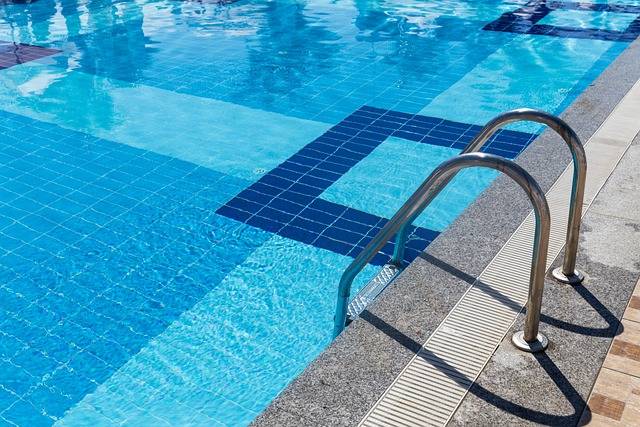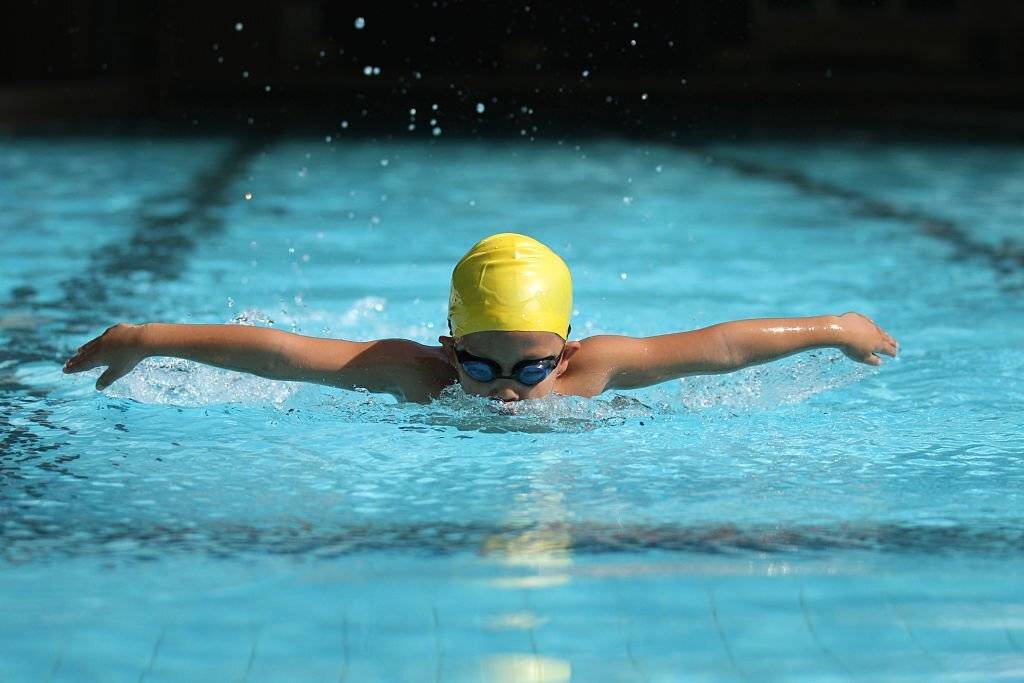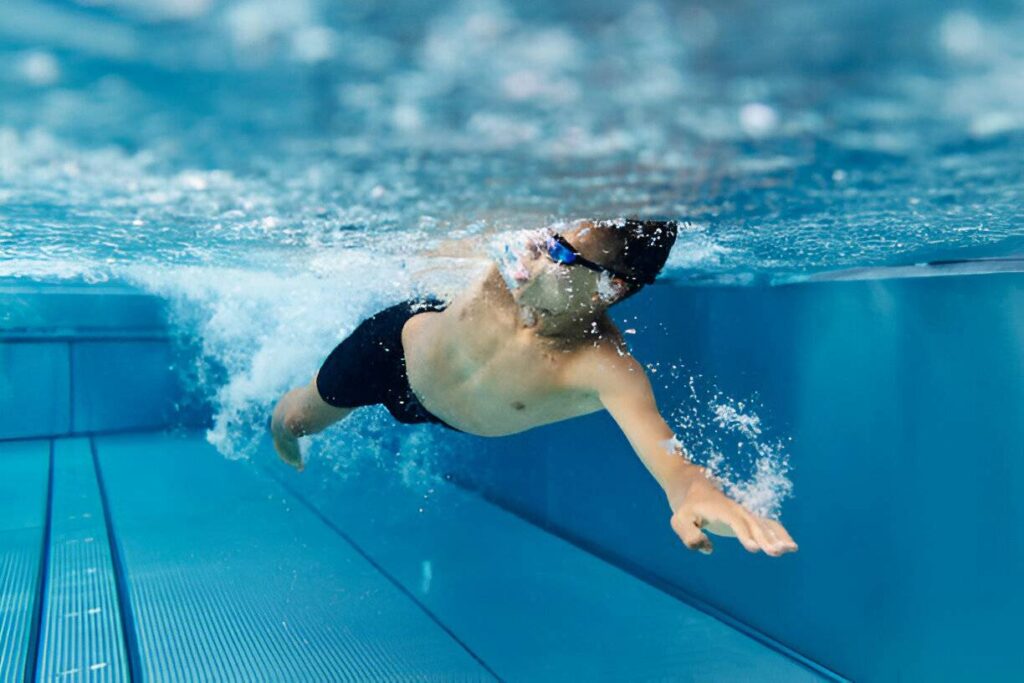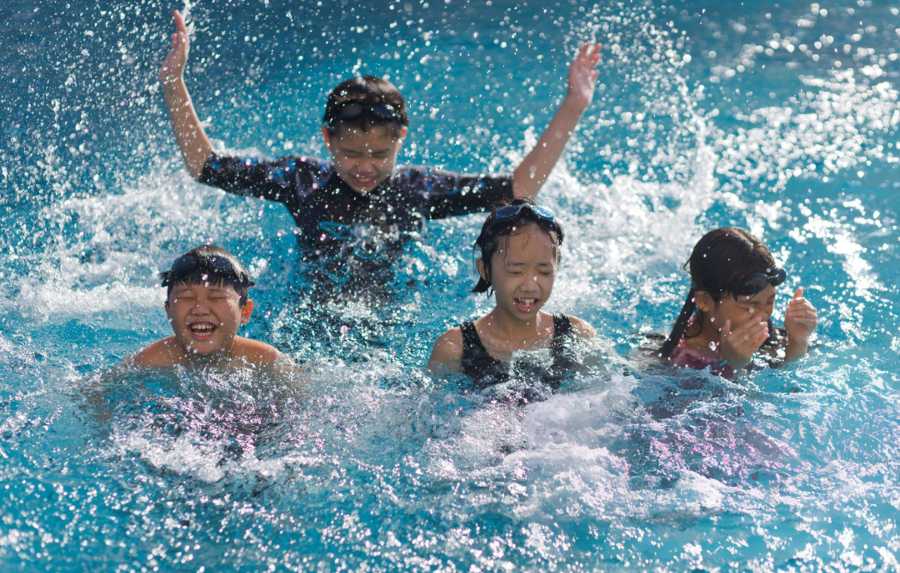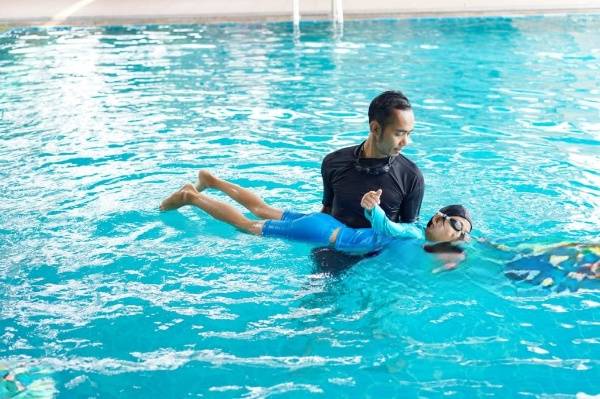Why Swimming Lessons Make You Tired: Understanding the Exhausting Nature of Swimming
Why Swimming Makes You Tired? Swimming is a highly regarded form of exercise, known for its numerous health benefits and full-body engagement. However, one common experience among swimmers is the profound sense of fatigue that follows a session in the pool. At HydroSplash Swimming Academy, we recognize the challenges and benefits of swimming, including the reasons behind why swimming makes you tired. This comprehensive guide explores the factors contributing to swimming-induced fatigue, providing valuable insights and practical advice for both beginners and experienced swimmers. The Physical Demands of Swimming Lessons Making you Tired Swimming lessons are designed to engage multiple muscle groups simultaneously, providing a comprehensive workout that challenges the body in unique ways. The physical demands of swimming are significant, involving continuous movement, resistance from the water, and the coordination of various body parts. These factors collectively contribute to the feeling of tiredness after swimming. Full-Body Engagement and Muscle Fatigue One of the primary reasons swimming makes you tired is the full-body engagement required for effective swimming. Unlike many other forms of exercise that target specific muscle groups, swimming utilizes the arms, legs, core, and back simultaneously. This comprehensive engagement leads to muscle fatigue as the muscles are worked continuously without rest. For instance, the freestyle stroke requires strong arm pulls, a flutter kick, and a stable core to maintain a streamlined position. Each stroke demands a coordinated effort from multiple muscle groups, leading to a higher overall energy expenditure and subsequent fatigue. The Resistance of Water Swimming in water is inherently more challenging than exercising on land due to the resistance water provides. Water is approximately 800 times denser than air, which means that every movement in the pool requires more effort. This resistance acts on all parts of the body, providing both a natural resistance workout and a source of fatigue. A study conducted by the Singapore Sports Institute found that the resistance provided by water significantly increases the energy expenditure of swimming compared to land-based exercises. This increased resistance contributes to muscle fatigue and the overall feeling of tiredness experienced after swimming. Cardiovascular Demands Swimming is an excellent cardiovascular workout, elevating the heart rate and promoting better blood circulation. The cardiovascular demands of swimming are another key factor contributing to fatigue. Maintaining a consistent swimming pace requires continuous effort from the heart and lungs, leading to an elevated heart rate and increased oxygen consumption. The cardiovascular benefits of swimming are well-documented. A study by the National University of Singapore highlighted that swimming can improve cardiovascular health, reduce blood pressure, and enhance overall endurance. However, these cardiovascular demands also contribute to the feeling of tiredness, as the body works hard to meet the oxygen and energy needs of the muscles. Breathing Techniques and Oxygen Consumption Effective breathing techniques are crucial for maintaining endurance and preventing fatigue in swimming. Swimmers must coordinate their breathing with their strokes, ensuring a steady supply of oxygen to the muscles. This coordination can be challenging, especially for beginners, leading to inefficient breathing and increased fatigue. During swimming, the body’s oxygen consumption increases significantly. Proper breathing techniques help maximize oxygen intake and minimize fatigue. However, improper breathing or holding the breath for too long can lead to oxygen depletion and a buildup of carbon dioxide in the body, contributing to the feeling of tiredness. The Cooling Effect of Water The cooling effect of water also plays a role in swimming-induced fatigue. Water dissipates heat from the body more efficiently than air, leading to a lower core body temperature during swimming. While this cooling effect can be refreshing, it also means that the body must work harder to maintain its core temperature, leading to increased energy expenditure and fatigue. A study from the Singapore Institute of Sports Medicine found that swimmers often experience a greater sense of fatigue due to the body’s efforts to regulate temperature in the water. This thermoregulatory response is another factor contributing to the tiredness experienced after swimming. Psychological Factors Psychological factors also play a role in swimming-induced fatigue. The mental focus required to coordinate strokes, maintain proper form, and regulate breathing can be mentally exhausting. Swimmers must remain alert and attentive throughout their workout, leading to mental fatigue in addition to physical tiredness. Swimming can also be a solitary activity, with long periods of repetitive motion and minimal external stimulation. This monotony can contribute to mental fatigue, making the overall experience more tiring. Real-Life Success Stories: Managing Swimming Fatigue Consider the journey of Mr. Lim, a 50-year-old professional who experienced significant fatigue during his initial swimming lessons. With guidance from HydroSplash Swimming Academy, Mr. Lim learned effective breathing techniques and improved his stroke efficiency, reducing his overall fatigue and enhancing his swimming endurance. His success story highlights the importance of proper technique and training in managing swimming-induced fatigue. Similarly, young Sarah struggled with fatigue during her competitive swimming training. By incorporating interval training and focusing on her breathing patterns, Sarah was able to improve her endurance and reduce her post-swimming tiredness. Her experience underscores the value of tailored training programs in managing fatigue and improving performance. Tips for Reducing Fatigue in Swimming Lessons To manage and reduce fatigue during swimming lessons, consider the following tips: Proper Technique: Focus on maintaining proper form and technique to improve efficiency and reduce energy expenditure. Breathing Techniques: Practice effective breathing patterns to ensure a steady supply of oxygen to the muscles. Interval Training: Incorporate interval training to build endurance and allow for recovery periods. Hydration and Nutrition: Stay hydrated and maintain a balanced diet to support energy levels and recovery. Rest and Recovery: Allow adequate rest and recovery time between swimming sessions to prevent overtraining and muscle fatigue. The Importance of Rest and Recovery Rest and recovery are crucial components of any fitness routine, including swimming. Allowing the body to recover between swimming sessions helps prevent overtraining and reduces the risk of injury. Adequate rest also supports muscle repair and growth, enhancing overall performance and reducing fatigue. A study by the Singapore


